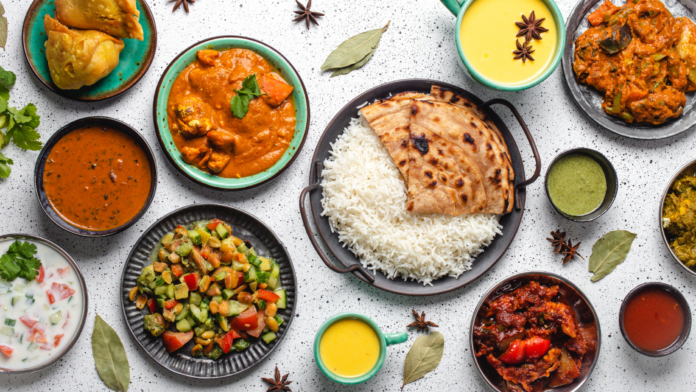Prana, often associated with breath, is a vital energy that not only flows within us but also manifests in various forms, including the food we consume. In this article, we will explore how Ayurveda views food as a source of prana and its impact on our overall health and well-being.
According to Ayurveda, foods rich in prana are those that are bright, light, and nutrient-dense. These foods retain their life force and provide us with essential energy. On the other hand, when food is separated from its pranic source, it begins to lose its nutritional value. That’s why Ayurvedic diets emphasize the consumption of fresh, unprocessed, and whole foods to maximize pranic benefits.
What are some dosha-specific guidelines for a balanced, sattvic diet in Ayurveda?
Understanding our unique constitution, known as prakriti, and any imbalances, or vikriti, is crucial in Ayurveda. The three doshas – vata, pitta, and kapha – influence our dietary choices based on these differences. Let’s explore some dosha-specific guidelines for a balanced, sattvic diet.
To pacify vata, which is associated with qualities like dryness and coldness, it is recommended to reduce light, dry, and crispy foods. Bitter and astringent tastes should also be minimized, while increasing the consumption of soft, oily, sweet, sour, and salty foods can help balance vata energy. Eating in a quiet and still environment further aids in pacifying vata.
For balancing pitta, which is characterized by qualities like heat and intensity, it is advised to reduce spicy, bitter, and pungent foods. Crisp and dry foods should also be minimized. Grounding foods such as root vegetables, figs, tree nuts, and substantial greens are excellent choices. Cooked and easily digestible foods support pacifying pitta.
To pacify kapha, associated with heaviness and coldness, it is recommended to avoid sweet, sour, and salty foods. Instead, favor light, warm, and dry foods over heavy, cold, and oily options. Light meals that are easy to digest, supported by whole grains, contribute to balancing kapha energy.
For those whose prakriti aligns with their vikriti, maintaining a sattvic diet is key. A sattvic diet consists of pure, essential, natural, vital, and energy-rich foods. It follows seasonal variations, emphasizing locally available produce. This diet also aligns with the principles of ahimsa, or non-violence, promoting vegetarianism. In essence, a sattvic diet supports overall harmony and balance.
What are the six tastes in Ayurveda and how do they affect our doshic balance?
In Ayurveda, tastes, known as gunas, also play a role in our doshic balance. Let’s explore the six tastes and their effects on our constitutions:
Sweet: Associated with the earth element, sweet taste brings love, compassion, and satisfaction. It increases kapha while reducing vata and pitta.
Sour: Associated with the earth and fire elements, sour taste brings right perception and desire. It increases pitta and kapha while reducing vata.
Salty: Associated with the water and fire elements, salty taste enhances life, confidence, and enthusiasm. It increases pitta and kapha while reducing vata.
Pungent: Associated with the fire and air elements, pungent taste brings extroversion, focus, vitality, and vigor. It increases pitta and may increase or reduce vata depending on other factors.
Bitter: Associated with the air and ether elements, bitter taste brings introversion and self-reflection. It increases vata while reducing pitta and kapha.
Astringent: Associated with the air and earth elements, astringent taste brings introversion, supportiveness, and organization. It increases vata and may increase or reduce kapha depending on other factors.
Incorporating these tastes mindfully into our meals can help maintain doshic balance and optimize pranic benefits.
Ayurveda emphasizes the importance of daily routines, known as dinacharya, to cleanse and prepare the body for optimal health. These routines incorporate practices like Kriya yoga, Hatha yoga, and meditation tailored to individual prakriti and vikriti. Tongue scraping, abdominal cleansing, bandhas (energy locks), pranayama (breathwork), and meditation are essential components of a dinacharya practice.


